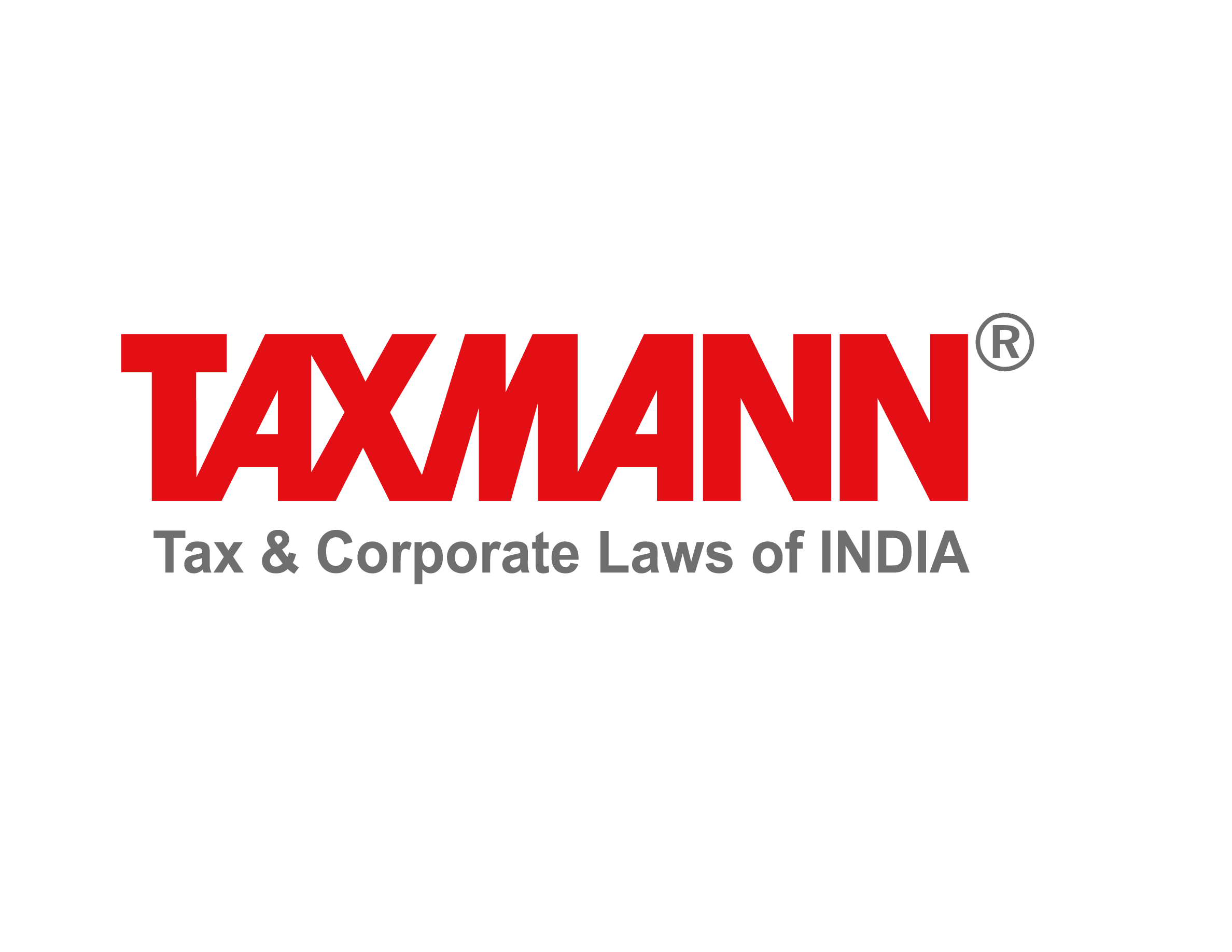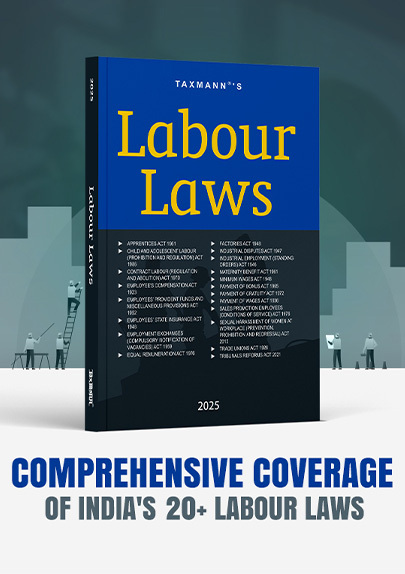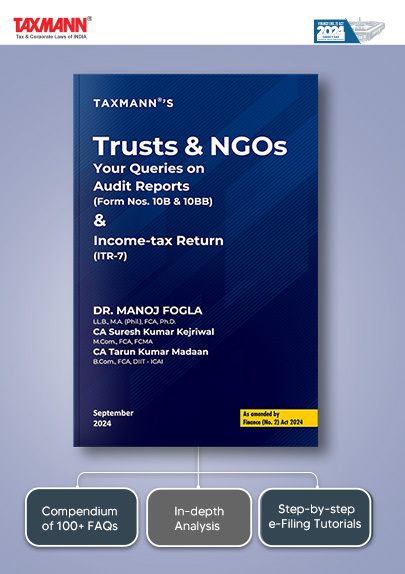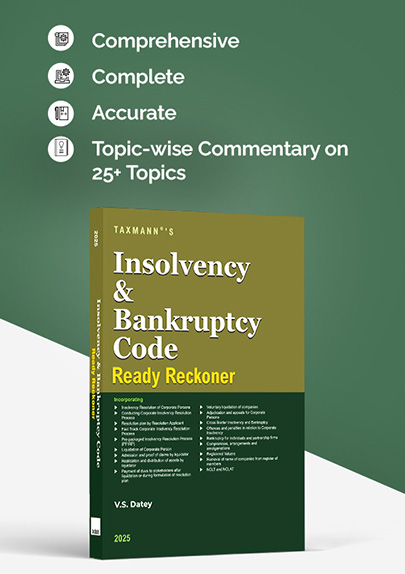Sec. 263 Revision Justified as AO Failed to Invoke Sec. 69 With Sec. 56(2)(x) on Undervalued Property | ITAT
- News|Blog|Income Tax|
- 2 Min Read
- By Taxmann
- |
- Last Updated on 8 January, 2025
Case Details: Kamaluddin Popatlal Surani vs PCIT - [2025] 170 taxmann.com 88 (Surat-Trib.)
Judiciary and Counsel Details
- Pawan Singh, Judicial Member & Bijayananda Pruseth, Accountant member
-
Rajesh Upadhyaya, AR for the Appellant.
-
Ravi Kant Gupta, CIT-DR for the Respondent.
Facts of the Case
The assessee purchased immovable properties, but the value as per the Stamp Valuation Authority (SVA) was higher than the purchase value. The Assessing Officer (AO) added the entire amount of value determined by SVA under section 56(2)(x) due to the difference between the actual sale consideration and the Stamp Duty Value. The Principal Commissioner (PCIT) observed that the AO should have added only the differential amount under section 56(2)(x) and the actual purchase consideration as an unexplained investment under section 69A. Accordingly, the PCIT invoked section 263, contending that AO’s order was erroneous and prejudicial to the revenue’s interests.
The assessee submitted that it had filed an appeal before CIT(A), which was pending to date. Since CIT(A) had concurrent jurisdiction, the issue could not be examined by PCIT within the meaning of section 263. Aggrieved by the order, the assessee filed an appeal before the Surat Tribunal.
ITAT Held
The Tribunal held that in the reassessment order under section 144, the AO called for various details from the assessee and added the entire amount being the value as per SVA due to non-compliance of the assessee in the reassessment proceedings. In the revision proceedings, the PCIT bifurcated the said sum into two parts and observed that the difference between the value as per the registered deed and that as per SVA should have been added under section 56(2)(x) and the amount as per the sale deed should have been added under section 69. This was so because the assessee failed to explain the nature and source of investment with necessary supporting evidence.
The action of the PCIT was in accordance with clear statutory provisions of the Act. Clause (x) of section 56(2) provides that receipt of the sum of money or property by any person without consideration or for inadequate consideration in excess of Rs. 50,000 shall be chargeable to tax in the hands of the recipient under the head ‘Income from other sources’. Hence, the AO should have taxed the difference and not the entire stamp duty value (SVA) under section 56(2)(x).
Moreover, AO should have added the amount under section 69 because the assessee did not offer an explanation about the nature and source of the investment, which was not recorded in his books of account. An incorrect application of law will satisfy the requirement of the order being erroneous. Hence, the PCIT rightly involved provisions of section 263.
List of Cases Reviewed
- Malabar Industries Co. v. CIT, 243 ITR 83 (SC) (para 11) followed.
List of Cases Referred to
- Smt. Renuka Philip v. ITO [2019] 101 taxmann.com 119/[2018] 409 ITR 567 (Madras) (para 9)
- Malabar Industrial Co. Ltd. v. CIT [2000] 109 Taxman 66/243 ITR 83 (SC) (para 11).
Disclaimer: The content/information published on the website is only for general information of the user and shall not be construed as legal advice. While the Taxmann has exercised reasonable efforts to ensure the veracity of information/content published, Taxmann shall be under no liability in any manner whatsoever for incorrect information, if any.

Taxmann Publications has a dedicated in-house Research & Editorial Team. This team consists of a team of Chartered Accountants, Company Secretaries, and Lawyers. This team works under the guidance and supervision of editor-in-chief Mr Rakesh Bhargava.
The Research and Editorial Team is responsible for developing reliable and accurate content for the readers. The team follows the six-sigma approach to achieve the benchmark of zero error in its publications and research platforms. The team ensures that the following publication guidelines are thoroughly followed while developing the content:
- The statutory material is obtained only from the authorized and reliable sources
- All the latest developments in the judicial and legislative fields are covered
- Prepare the analytical write-ups on current, controversial, and important issues to help the readers to understand the concept and its implications
- Every content published by Taxmann is complete, accurate and lucid
- All evidence-based statements are supported with proper reference to Section, Circular No., Notification No. or citations
- The golden rules of grammar, style and consistency are thoroughly followed
- Font and size that’s easy to read and remain consistent across all imprint and digital publications are applied






 CA | CS | CMA
CA | CS | CMA


